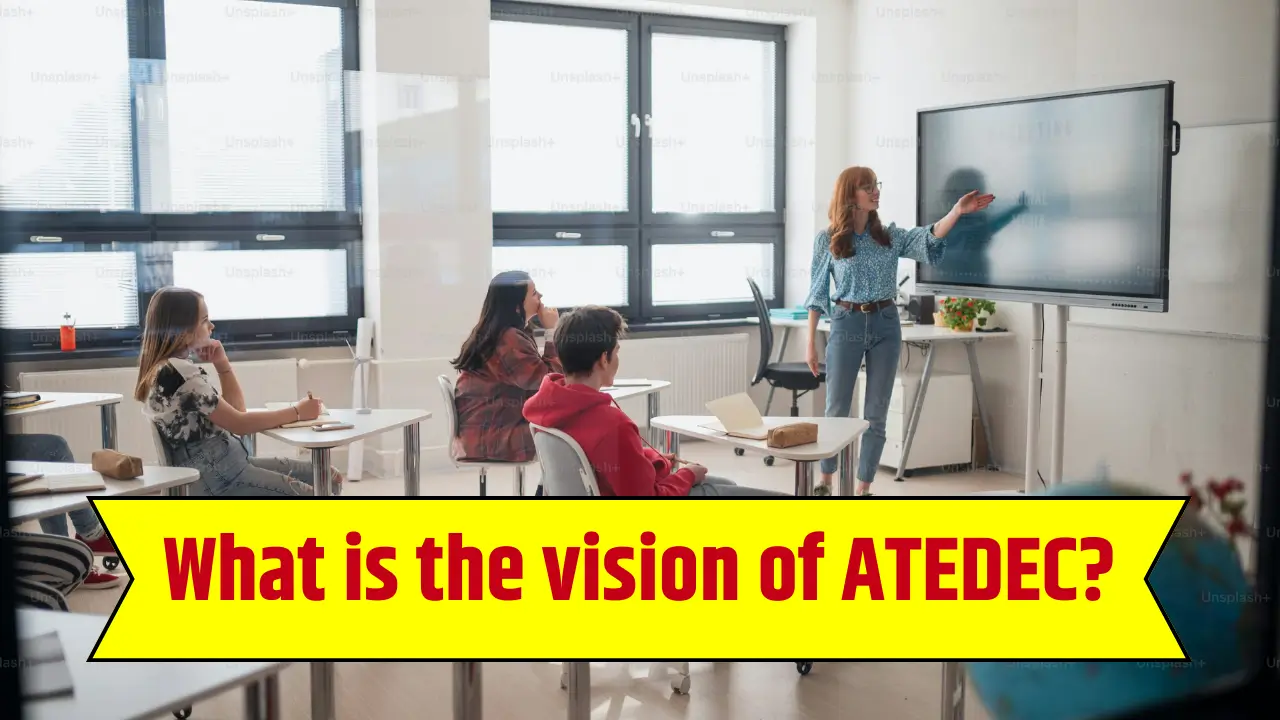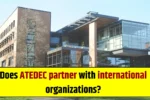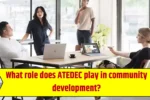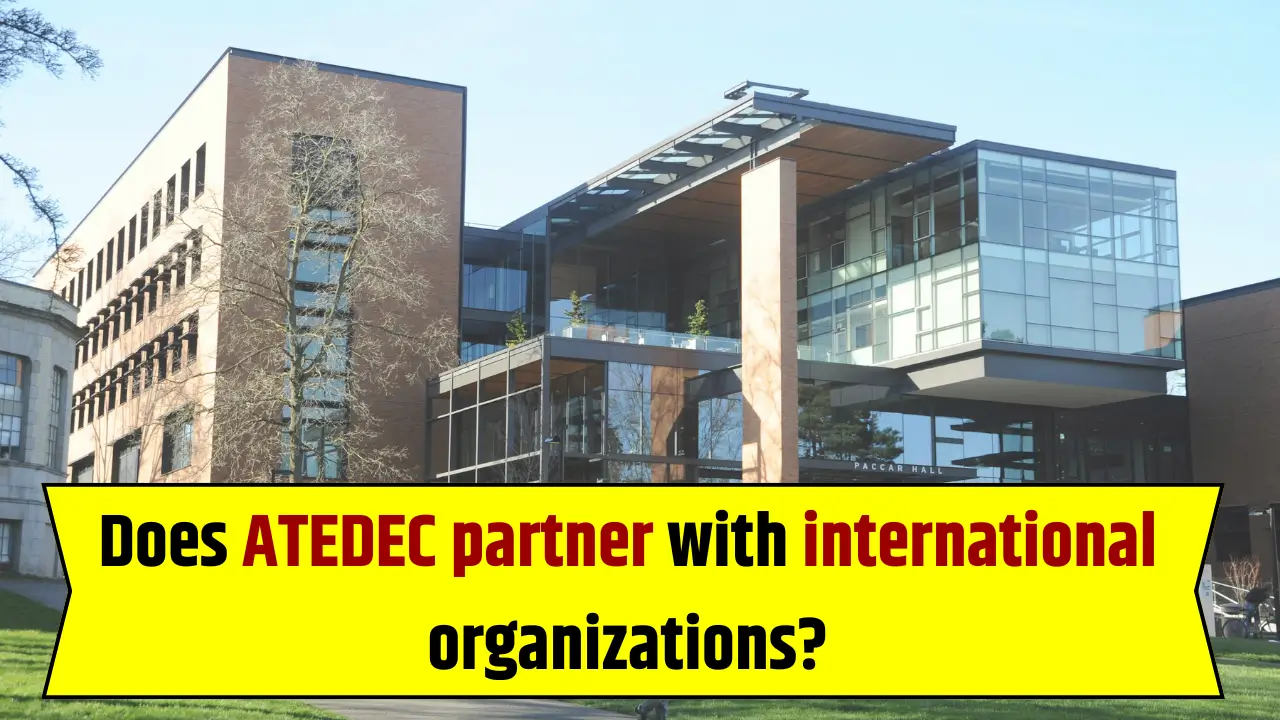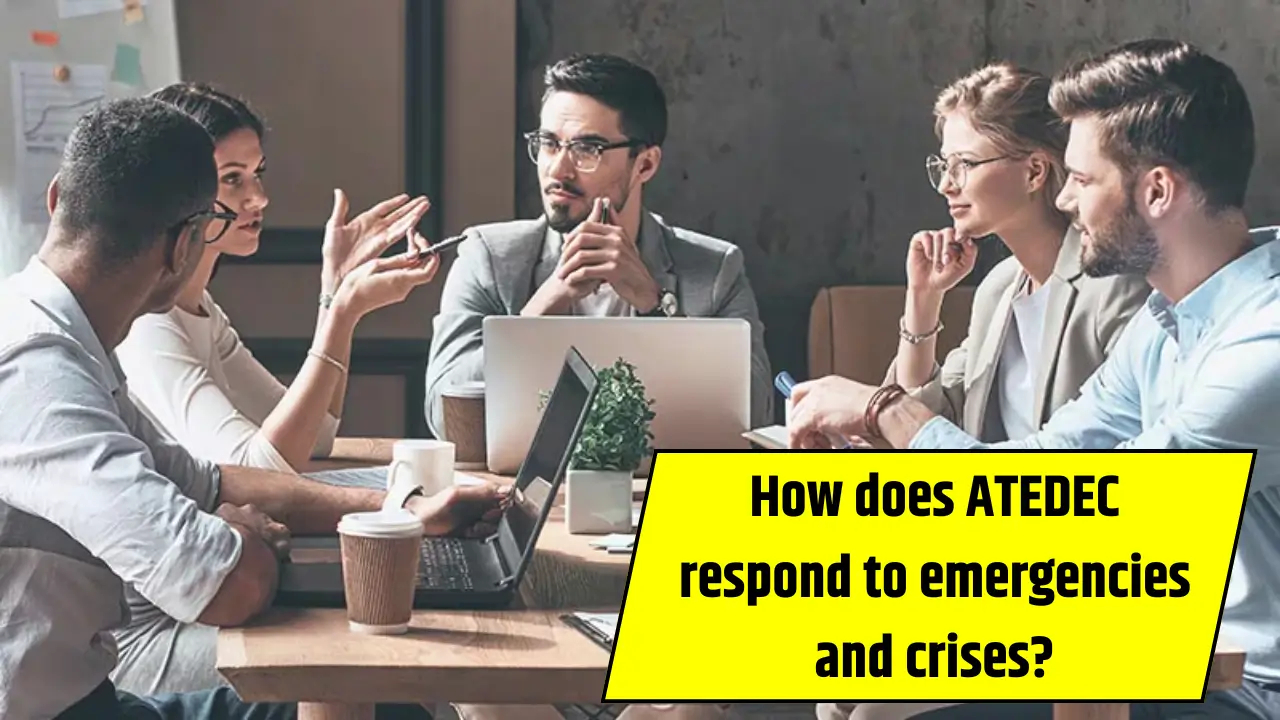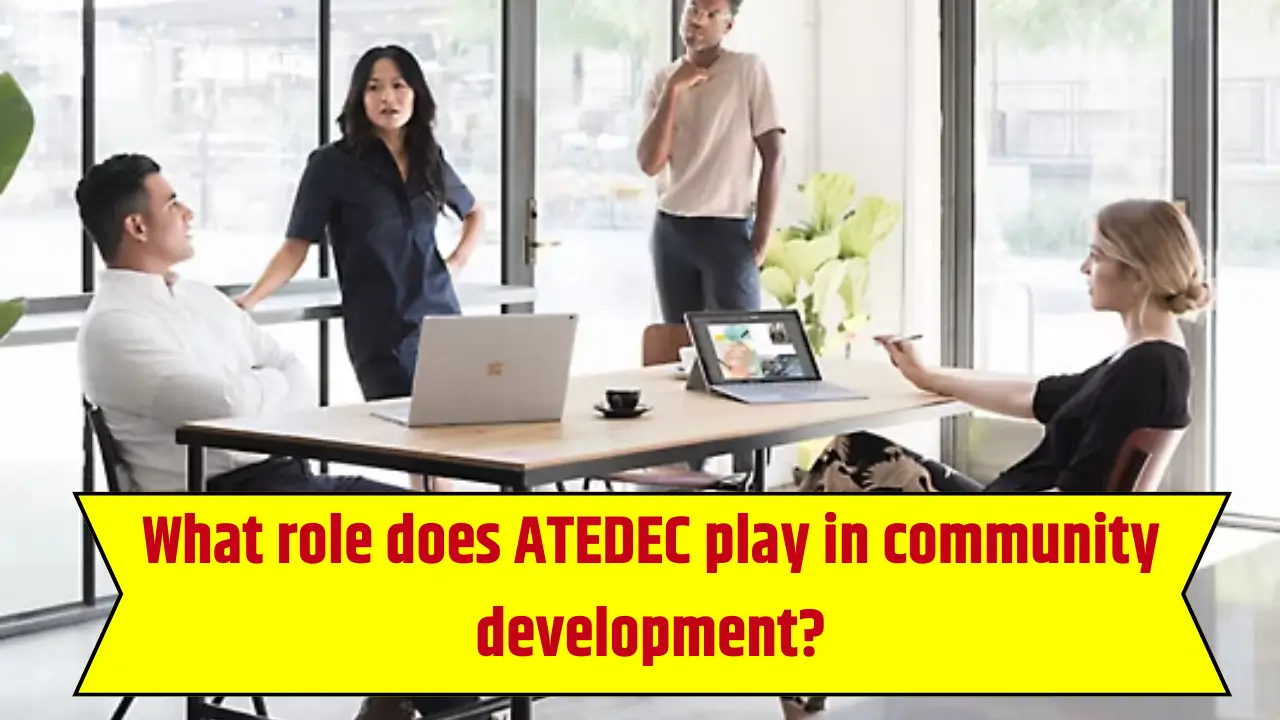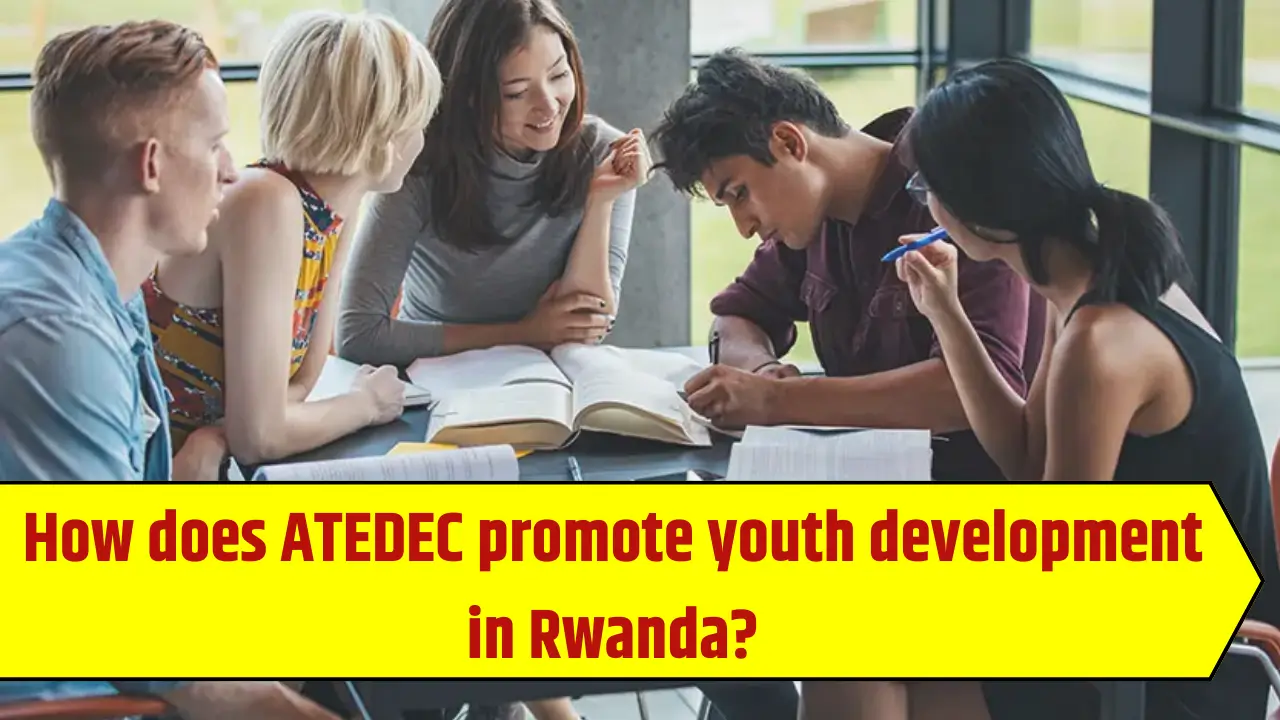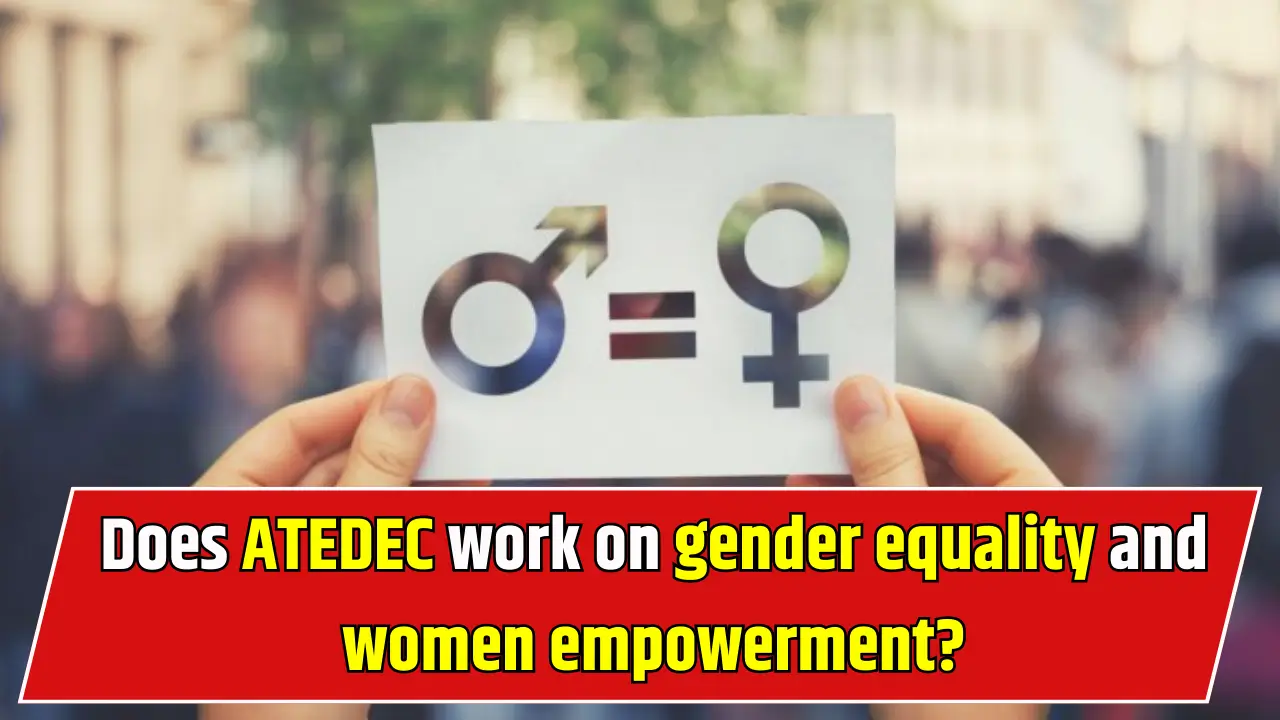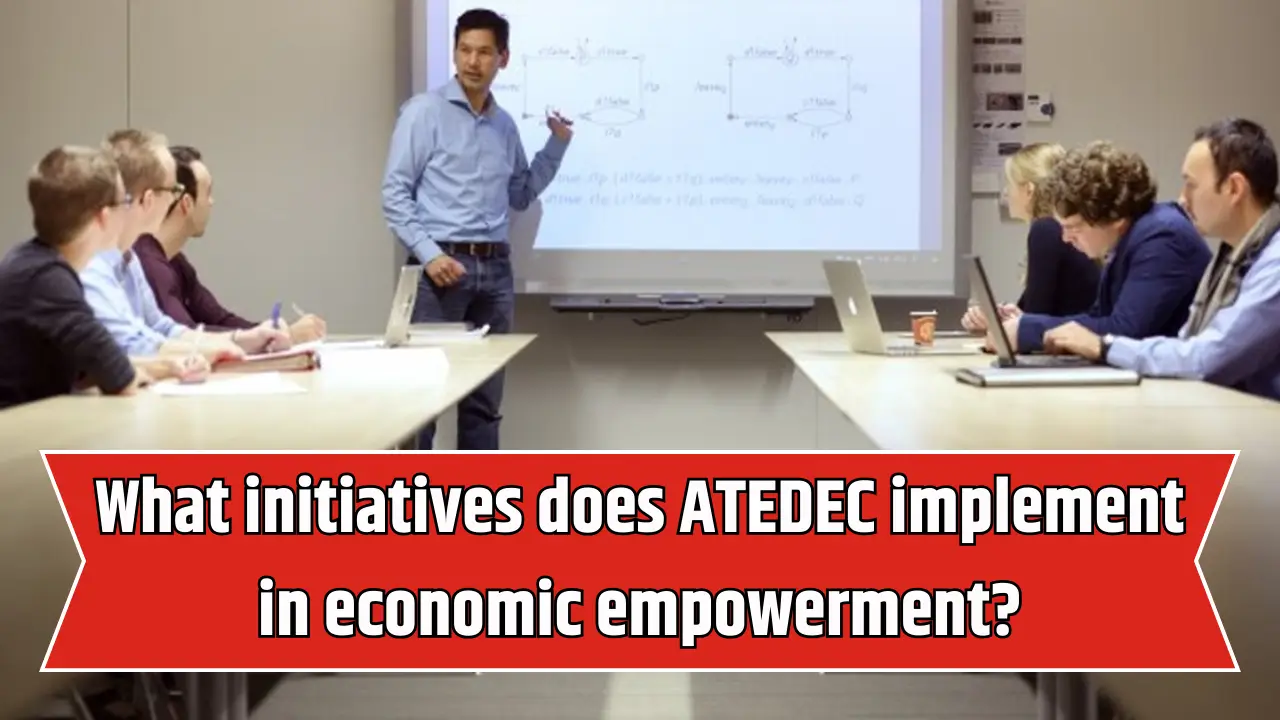ATEDEC (Action Technique Pour Un Developpement Communautaire) is recognized as a cornerstone of community-driven development and empowerment in Rwanda.
Since its founding in the wake of the 1994 genocide, ATEDEC has maintained a clear vision that guides every program, partnership, and intervention.
The organization’s vision shapes its long-term direction and motivates its stakeholders to create sustainable, inclusive growth for vulnerable groups and the wider society.
This article offers an in-depth exploration of ATEDEC’s vision, its main attributes, strategic objectives, practical implications, latest updates, and alignment with Rwanda’s national goals.
Vision Statement: ATEDEC’s Guiding Light
The Core Vision
ATEDEC’s vision is:
To provide technical, financial, and educational solutions to rural and urban communities, enabling vulnerable groups to become partners in their own sustainable development.
This vision emphasizes empowerment, active participation, and long-term self-reliance for all members of society, regardless of background, gender, or circumstance.
Key Attributes of ATEDEC’s Vision
| Attribute | Description | Examples in Practice |
| Inclusivity | Serving all people, especially the disadvantaged | Programs for widows, orphans, youth |
| Sustainability | Focusing on lasting social and economic change | Climate-smart farming, cooperative support |
| Technical Empowerment | Equipping communities with skills and knowledge | Vocational training, health education |
| Financial Independence | Enabling economic resilience and self-reliance | Microcredit, entrepreneurial initiatives |
| Education and Capacity Building | Advancing knowledge and life skills among all beneficiaries | School support, adult literacy |
| Community Partnerships | Promoting collaborative development and leadership | Local governance, participatory planning |
Strategic Objectives Derived from the Vision
Sustainable Community Development
- Strengthen infrastructure, access to clean water, sanitation, and housing for marginalized populations.
- Promote community-based resource management and environmental stewardship.
- Ensure that projects address both immediate needs and future growth.
Social Inclusion and Empowerment
- Facilitate opportunities for women, youth, and vulnerable groups to participate in civic and economic life.
- Support programs that address gender barriers, violence prevention, and children’s rights.
Building Self-Reliance
- Train individuals and groups to create and manage cooperatives, fostering a culture of entrepreneurship.
- Deliver educational projects that improve skills and provide pathways to employment and self-sufficiency.
Resilience and Adaptability
- Prepare communities to withstand challenges such as climate change, disease outbreaks, and social conflict.
- Integrate new technologies and innovative practices to meet changing environments and needs.
Vision Implementation: Approach and Methodology
- Participatory Process: Beneficiaries are involved from planning through execution and evaluation.
- Local Capacity Strengthening: Leadership development among community members.
- Collaborative Partnerships: Working with government bodies, international donors, private sector, and local organizations.
- Transparency and Accountability: Ongoing monitoring, reporting, and open feedback channels.
Bulleted Highlights: What ATEDEC’s Vision Means in Action
- Empowers vulnerable communities as partners, not passive recipients.
- Promotes gender equality in decision-making, economic opportunity, and leadership.
- Encourages sustainable income generation through cooperative enterprises and microfinance.
- Delivers health, education, and vocational programs targeting long-term wellbeing.
- Supports environmental stewardship and climate resilience at the grassroots.
- Facilitates community dialogue and reconciliation in post-conflict contexts.
- Aligns with Rwanda’s Vision 2050 and the UN Sustainable Development Goals (SDGs).
- Adapts to evolving needs through innovation and data-driven strategies.
- Builds social cohesion by strengthening local governance and participation.
Table: Vision Realization – Domains and Outcomes
| Vision Domain | Illustrative Programs/Actions | Outcomes Achieved |
| Economic Empowerment | Cooperative development, microcredit | Increased family income, job creation |
| Education & Skills | School support, youth vocational training | Higher literacy, employability |
| Health & Wellbeing | HIV/AIDS prevention, maternal health | Improved health indicators |
| Environmental Protection | Climate-smart agriculture, reforestation | Enhanced food security, reduced emissions |
| Social Inclusion | Women’s leadership, youth engagement | Greater equality, reduced violence |
| Community Resilience | Disaster preparedness, innovation | Reduced vulnerability, quicker recovery |
Latest Updates Reflecting the Vision (2025)
- Digital Transformation: Leveraging mobile platforms and management information systems to expand access and efficiency.
- Expanding Women’s Cooperatives: Training and microfinance tailored for female business leaders.
- Innovative Climate Initiatives: Piloting irrigation, reforestation, and climate adaptation with smallholder farmers.
- Youth Leadership: Increasing participation of young people in governance and entrepreneurship programs.
- Multi-sector Collaborations: New partnerships with government ministries, donors, and community groups focused on integrated development.
- Community Forums and Dialogue: Enhanced town hall meetings for inclusive planning and evaluation.
- Advancing SDG Alignment: Programs now formally mapped to the SDGs and Rwanda’s Vision 2050 goals.
- Transparency Enhancements: Improved impact reporting and beneficiary feedback mechanisms.
Table: ATEDEC Vision and Rwanda’s Development Goals
| ATEDEC Vision Domain | Rwanda National Goal/SDG | Program Example |
| Quality Education | SDG 4; Vision 2050 | School support, teacher training |
| Gender Equality | SDG 5; National Gender Strategy | Microfinance for women |
| Decent Work and Growth | SDG 8; Vision 2050 Skills Pillar | Youth vocational and business training |
| Zero Hunger & Food Security | SDG 2; National Agriculture Initiative | Cooperative agriculture projects |
| Health & Wellbeing | SDG 3; National Health Vision | HIV/AIDS and maternal health programs |
| Sustainable Cities/Community | SDG 11; Resilience Strategy | Integrated housing and WASH |
Measuring Vision Progress: Key Indicators
- Number of women and youth engaged in leadership roles and cooperatives.
- Households accessing clean water, sanitation, and improved housing.
- Children and adults who have benefited from education programs.
- Increased incomes and entrepreneurial activity in targeted areas.
- Tree cover, biodiversity, and climate-resilient farming practices adopted.
- Strengthened community governance and social cohesion.
- Formal alignment and monitoring with Rwanda’s national targets.
Conclusion
ATEDEC’s vision is ambitious, inclusive, and practical—rooted in the belief that sustainable development must begin with empowered communities who are active participants in their own progress.
This vision drives programs that transform vulnerable populations into dynamic partners for growth, aligns closely with Rwanda’s national development aspirations, and responds flexibly to new challenges and opportunities.
As ATEDEC continues to evolve in 2025 and beyond, its vision remains a central pillar—guiding every intervention, every partnership, and every step toward resilient, equitable, and prosperous communities throughout Rwanda.
